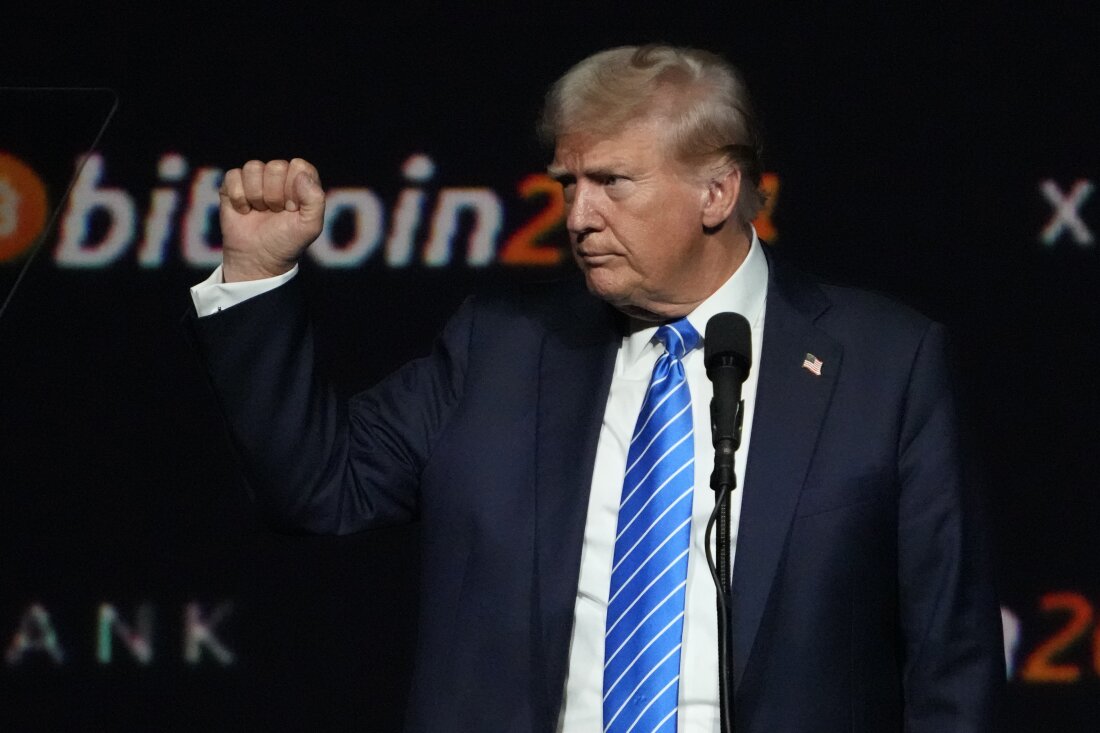PayPal’s Bold Steps Toward Crypto Acceptance
The landscape of digital payments has undergone a seismic shift, with PayPal emerging as a frontrunner in facilitating the integration of cryptocurrency into everyday transactions. Since 2014, PayPal has allowed users to conduct transactions with specific cryptocurrencies, but their recent advancements signal a more ambitious strategy aimed squarely at capturing the crypto-savvy market.
 PayPal’s initiatives bolster its role in the burgeoning crypto economy.
PayPal’s initiatives bolster its role in the burgeoning crypto economy.
In August 2023, the unveiling of PYUSD, PayPal’s own stablecoin, marked a pivotal move signaling that this payment giant is staking its claim in the burgeoning cryptocurrency market. As of September 2024, PayPal customers can fully engage with cryptocurrency by buying, selling, and holding directly from their merchant wallets—an update poised to propel crypto adoption among its vast user base of over 400 million individuals and 36 million merchants globally.
PayPal’s current market cap hovers around $80 billion, granting it a striking 45% share of the global payments sector. This dominance not only positions PayPal as a leader in financial technology but also serves as a testament to how traditional financial structures (TradFi) are moving seamlessly towards embracing digital currencies. Other payment processors will undoubtedly be watching closely, perhaps envious of the momentum that PayPal is generating in this space.
The Rise of Regulated Payment Processes
As we witness a wave of innovation, including decentralized finance (DeFi) initiatives and emerging blockchain technologies, regulated entities are cementing their leadership positions. Despite some pushback from the more purist circles of the Bitcoin community, it’s clear that the integration of crypto payments via established platforms brings a host of benefits.
Consumers and merchants alike desire security in their transactions. Features like insurance, customer service support, and mechanisms for addressing errors are not mere luxuries; they are expectations in this evolving landscape. As PayPal’s advancements show, consumers are looking for robust frameworks that allow them to experience the benefits of tokenized currencies with a safety net provided by established payment giants.
Interoperability: A Necessity Moving Forward
A particularly intriguing aspect of PayPal’s announcement is the long-awaited interoperability it promises. Merchant accounts using PayPal for crypto transactions will soon find themselves able to transfer their holdings between various wallets, both hot and cold. This move is pivotal; it highlights a realization within the industry that for cryptocurrencies to reach the mainstream, seamless operational capabilities must be prioritized.
Consider the complexity involved in bridging bitcoin (the reigning cryptocurrency) with various Layer 2 applications on the Ethereum network. This challenge has necessitated innovative solutions such as wrapped bitcoin, alongside collaborative efforts from the Bitcoin development community to create smart contracts and even ordinals (Bitcoin NFTs). By emphasizing interoperability, PayPal is aligning itself with a vision for a more connected digital economy that values flexibility and customer functionality.

The Tax Conundrum: A Significant Barrier
Despite these major advancements, the looming specter of cryptocurrency taxation still casts a shadow over widespread adoption. Tax treatment presents a daunting obstacle for users who wish to utilize cryptocurrencies truly as a medium of exchange. Stablecoin holders, despite the intended purpose of their assets, face the same daunting tax liability as Bitcoin traders. This essentially cripples the very functionality these instruments were designed to provide.
Moreover, the impending changes linked to IRS Code Sections 6045 and 6050I only add layers of complexity to an already convoluted situation. The current de minimis exemption of $25,000 for stablecoin transactions might offer some consolation to individual users but does little to alleviate the concerns of merchants navigating this uncertain territory. This ongoing struggle indicates that while the integration of cryptocurrencies into everyday transactions is moving forward, the accompanying tax and reporting requirements must evolve significantly.
Conclusion: The Path Forward for Crypto Adoption
As traditional financial institutions continue to make strides into the crypto payment arena, PayPal’s visionary moves illuminate a clear pathway toward mass adoption of cryptocurrency solutions. Each innovation not only showcases PayPal’s commitment to redefining the payments landscape but also sets a precedent that could inspire other payment processors to innovate further.
My outlook is optimistic; the integration of cryptocurrency into existing payment ecosystems represents a vital step toward an inclusive financial future. However, for it to truly flourish, we must confront and resolve the complexities surrounding taxation and regulatory frameworks. The balance of innovation and regulation will ultimately determine how swiftly the world moves towards fully embracing cryptocurrency in everyday transactions.













